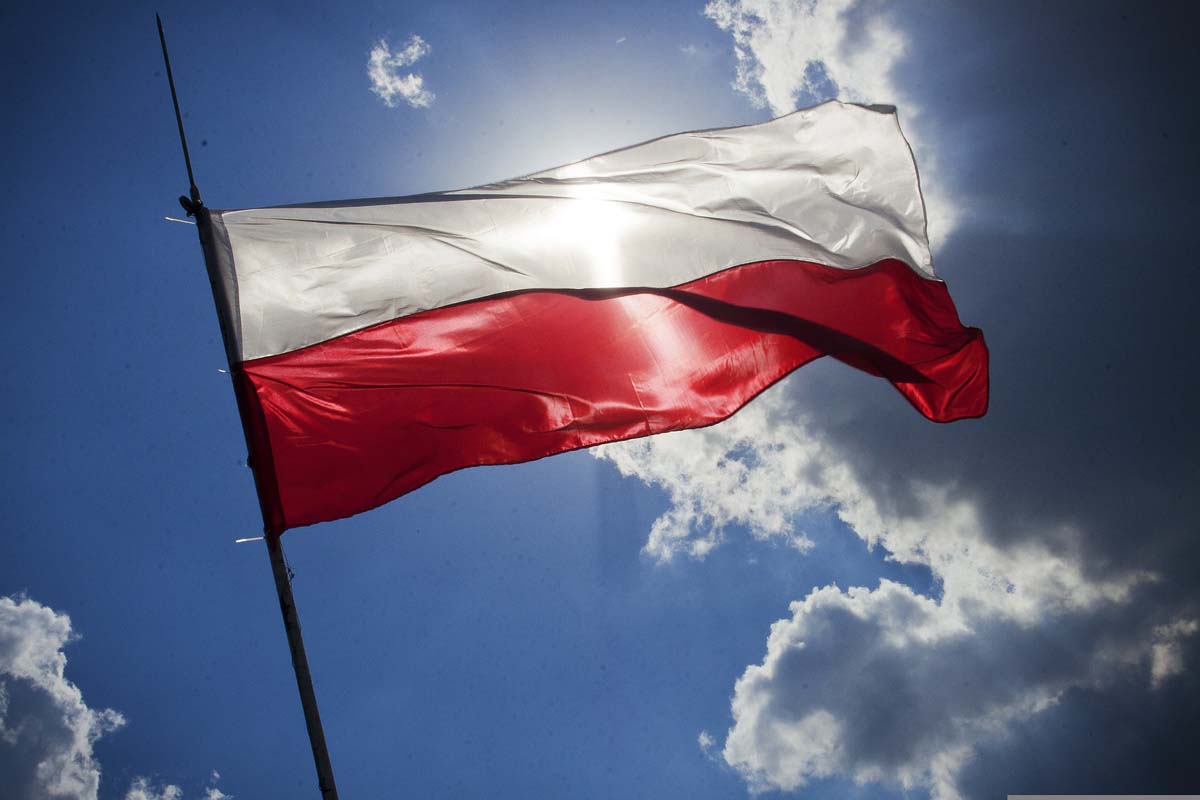
403
Sorry!!
Error! We're sorry, but the page you were looking for doesn't exist.
Poland Prolongs Border Controls with Germany, Lithuania
(MENAFN) Poland announced on Wednesday that it will prolong its temporary border controls with Germany and Lithuania until April 4, 2026, aiming to curb irregular migration, Interior and Administration Minister Marcin Kierwinski said.
“We are extending controls to contain the migration route that leads from the Baltic states, through Poland, to Western Europe. We are catching individuals who illegally attempt to smuggle migrants to the West. The key task for the border guard remains maintaining the integrity of the border with Belarus and protecting it from migratory pressure,” Kierwinski stated.
The expanded measures grant Polish Border Guard personnel, alongside police and military support, the authority to stop and inspect selected vehicles. On the Lithuanian border, inspections also cover so-called "green border" zones such as forests. Currently, checks take place at 50 locations along the Polish-German frontier and 13 sites on the Polish-Lithuanian border.
The Polish government insists these controls are vital to mitigating unauthorized migration across its borders. Heightened tensions, fueled by the activities of citizen militias along the western border, have pushed authorities toward more assertive enforcement.
Initially imposed for just 30 days starting this July, Poland’s temporary border controls were reintroduced in response to what officials labeled an uncontrolled surge of migrants. This move followed Germany’s refusal to accept migrants attempting to cross into its territory. Germany also reinstated its border controls with Poland in October 2023.
In 2025, a growing number of European countries reimposed or tightened internal border controls, putting pressure on the Schengen Area’s open-border framework. The Schengen Borders Code permits temporary reintroduction of border checks under exceptional situations, including serious threats to public order or national security.
This year alone, by March, 10 Schengen states—including Germany, Austria, Denmark, France, Italy, and the Netherlands—had resumed some form of internal border controls, signaling a notable shift in regional migration management.
“We are extending controls to contain the migration route that leads from the Baltic states, through Poland, to Western Europe. We are catching individuals who illegally attempt to smuggle migrants to the West. The key task for the border guard remains maintaining the integrity of the border with Belarus and protecting it from migratory pressure,” Kierwinski stated.
The expanded measures grant Polish Border Guard personnel, alongside police and military support, the authority to stop and inspect selected vehicles. On the Lithuanian border, inspections also cover so-called "green border" zones such as forests. Currently, checks take place at 50 locations along the Polish-German frontier and 13 sites on the Polish-Lithuanian border.
The Polish government insists these controls are vital to mitigating unauthorized migration across its borders. Heightened tensions, fueled by the activities of citizen militias along the western border, have pushed authorities toward more assertive enforcement.
Initially imposed for just 30 days starting this July, Poland’s temporary border controls were reintroduced in response to what officials labeled an uncontrolled surge of migrants. This move followed Germany’s refusal to accept migrants attempting to cross into its territory. Germany also reinstated its border controls with Poland in October 2023.
In 2025, a growing number of European countries reimposed or tightened internal border controls, putting pressure on the Schengen Area’s open-border framework. The Schengen Borders Code permits temporary reintroduction of border checks under exceptional situations, including serious threats to public order or national security.
This year alone, by March, 10 Schengen states—including Germany, Austria, Denmark, France, Italy, and the Netherlands—had resumed some form of internal border controls, signaling a notable shift in regional migration management.

Legal Disclaimer:
MENAFN provides the
information “as is” without warranty of any kind. We do not accept
any responsibility or liability for the accuracy, content, images,
videos, licenses, completeness, legality, or reliability of the information
contained in this article. If you have any complaints or copyright
issues related to this article, kindly contact the provider above.

















Comments
No comment